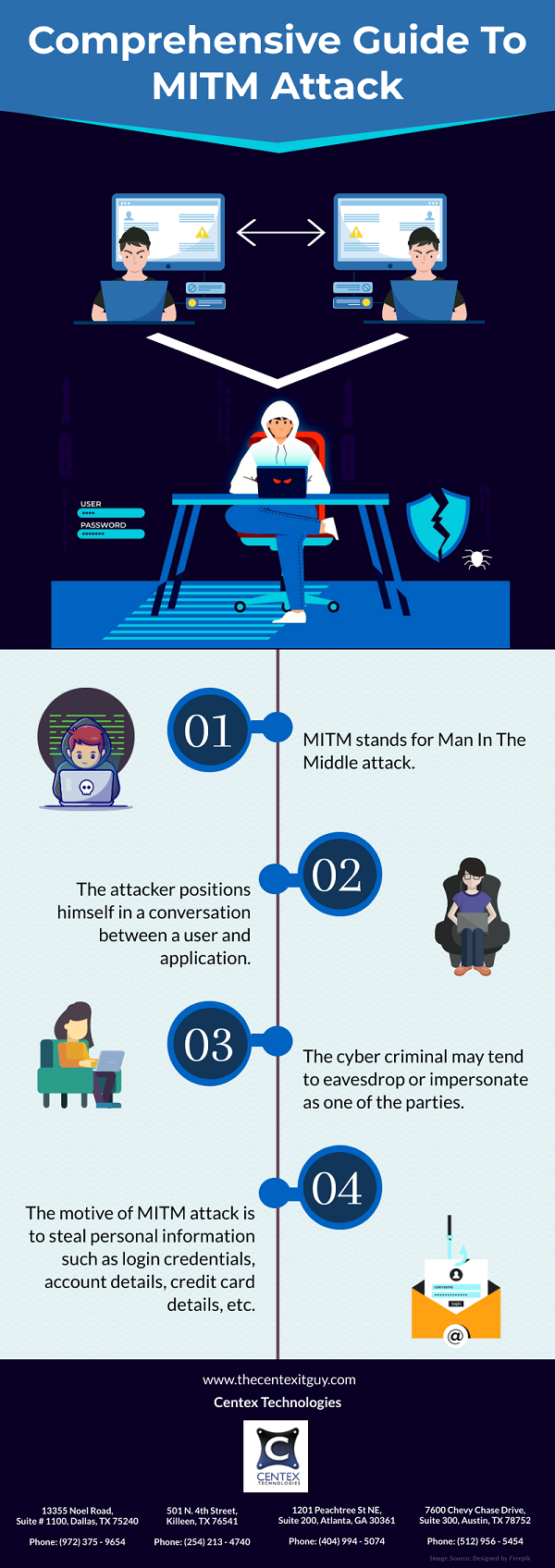IT security and cybersecurity are often mistaken to be the same. However, in reality both these terms define different concepts. Both these segments have many overlapping areas but there are certain differences that need to be understood.
IT security or Information Technology security includes protocols, processes and tools to implement certain measures in order to secure and protect information/ organization’s data by using different technologies. The information to be protected includes both digital and physical (paper form) data.
Cybersecurity may be considered as a subset of Information security. It includes systems and processes used as precautionary measures to safeguard an organization against crime involving Internet; for example, protection against unauthorized access to computer systems and data connected to Internet. Cybersecurity is typically focused on protecting electronic data.
Let us take a look at some basic points that can be used to differentiate between IT security and Cybersecurity:
- Cybersecurity is the practice of protecting an organization’s data, services and applications from individuals or entities outside the resource on the Internet, whereas IT security is about protecting critical information from unauthorized user access and data modification or removal in order to ensure uninterrupted services.
- Cybersecurity is focused on building the ability to protect an organization’s cyber space from attacks. On the contrary, IT security deals with protection from any form of threat, irrespective of the environment.
- Cybersecurity tools work against cybercrimes and cyber frauds like phishing attacks, data breach, cyber bullying, etc. IT security helps an organization strive against unauthorized access, disclosure and disruption which may be cyber or physical.
- Cybersecurity professionals deal with advanced persistent threats. The process involves protection of company logins, profiles, server resources, applications, databases etc. Information or IT security is the basis of data security. IT security professionals prioritize resources before dealing with the threats.
Centex Technologies provides cybersecurity and IT security solutions to enterprises. For more information, contact Centex Technologies at (254) 213 – 4740.

